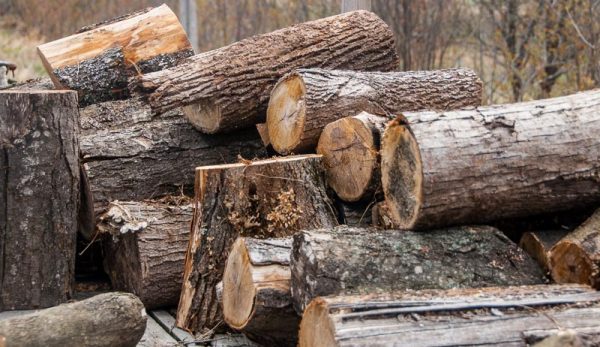
On many hobby farms, winter is the season when a lot of work shuts down due to cold temperatures and snowy weather, leaving animal care and routine farm maintenance as the primary activities. After all, there isn’t a lot of field cultivation or crop planting going on when the ground is buried under a foot of snow and ice.
But one activity that can continue—and even be enhanced—during the winter months is logging. Harvesting trees for lumber or firewood might not seem like a winter project at first glance, but working in the winter actually offers several benefits for small-scale logging projects.
1. Snow Makes Moving Logs Easier
For a small-scale logger using a tractor or ATV to haul logs, snow makes the process significantly easier. There’s less of a chance that the logs will catch on a rock or a bump in the ground, which can be dangerous, and the snow helps protect the ground from damage.
2. There’s Reduced Chance Of Tree Damage
Negotiating “tree traffic” with machines and logs can be tricky, and if you’re not careful you might scrape up against a healthy tree and injure the bark. During the spring, when trees are actively growing, their bark is particularly susceptible to damage, which isn’t the case during the cold of winter.
3. No Bugs!
Forests can be filled with annoying pests during the summer, such as mosquitoes and ticks, which can be troublesome if you come unprepared. Fortunately, these pests disappear during the winter months, making forest-related projects much more pleasant.
4. Visibility Improves In Winter
A thick forest of trees with all their leaves can be quite an obstacle for visibility. It can be difficult to see any great distance in a forest during the summer months, so working in the winter when the leaves are down and you can see the surrounding forest much more clearly makes it easier to find clear paths for machinery and identify the trees you might want to cut.
5. The Weather Is Cooler
Logging is a strenuous activity, and you’re bound to work up a sweat even on moderately warm days. Working in the winter, when temperatures are much colder, will be a relief. Once you get started, you might find yourself perfectly comfortable wearing only a light jacket in temperatures of 40 degrees F or even less. A nice pair of warm winter gloves could be helpful as well.
6. Log Damage Is Less Likely
Some types of logs are prone to splitting when cut during the summer, reducing the potential for making lumber and reducing the value of the log. Fortunately, splitting is less likely to occur during the winter.
Although winter logging offers many advantages, it’s important to remember that logging of any kind can be very dangerous and should not be undertaken without proper equipment, including safety gear for using a chain saw and appropriate machinery for handling the logs. Never undertake a logging project without researching safety precautions and taking the time to identify the tools you’ll need for the job.
However, with the appropriate machinery and a thorough understanding of safety guidelines, logging is a project that can bring in some extra income and keep you active during the winter.




